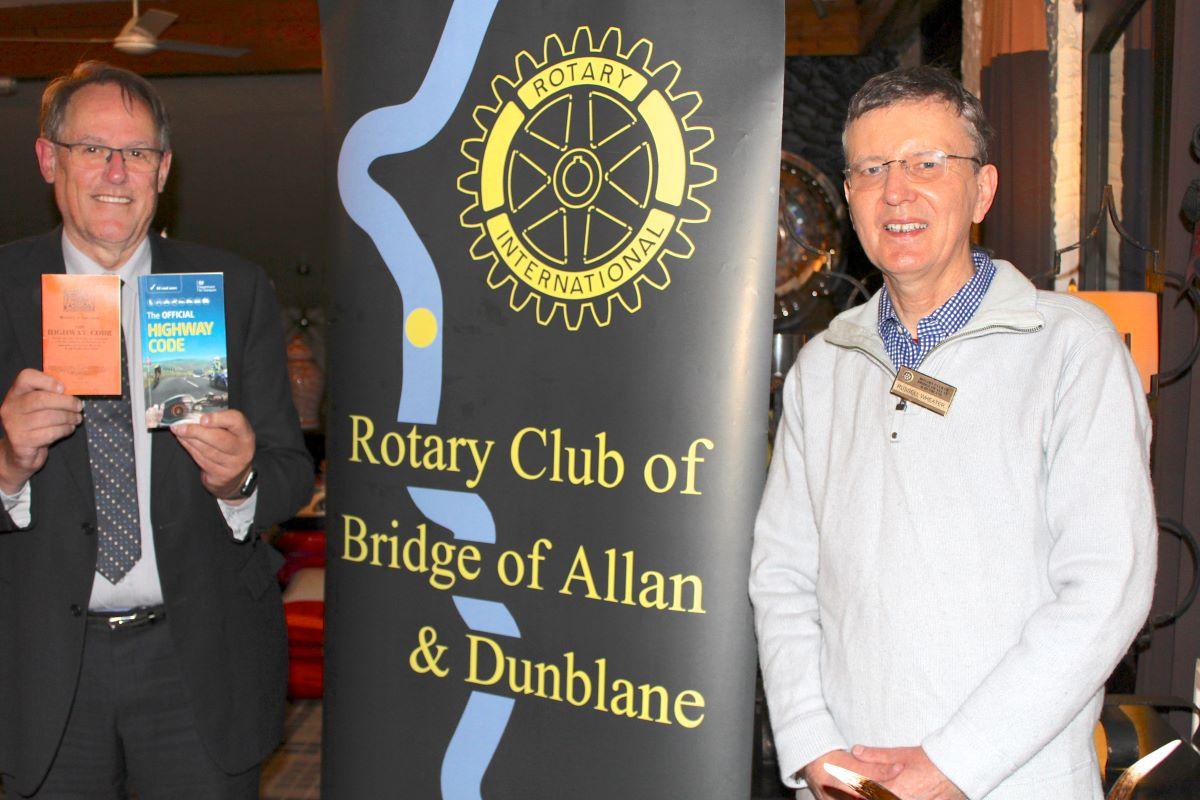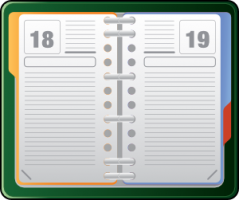History of the Highway Code-John McIlhagger 30 September @ 18.00 for 18.30 @ Westlands or 19.30 on Zoom
Thu, Sep 30th 2021 at 6:30 pm - 8:30 pm
History of the Highway Code-John McIlhagger 30 September @ 18.00 for 18.30 @ Westlands or 19.30 on Zoom

HISTORY OF THE HIGHWAY CODE
We now take for granted a set of signs, signals, speed limits and other stipulations that control our behaviour as drivers, cyclists and pedestrians. But, as the speaker for the evening, John McIlhagger, pointed out, these have evolved over the period from when motorised vehicles first came on the scene. John, a Past-President of the Rotary Club of Kilbride, Kittoch, and a civil engineer with expertise in traffic modeling, has been very interested in the development of the Highway Code.
The regulation of vehicles can, John identified, be traced back to the Locomotive Act of 1865 (the Red Flag Act), so-called because the earliest cars had to have a person walking in front of them with a red flag. Under that Act, the first person prosecuted for speeding was in 1896, when he exceeded 8 mph. In 1903, the Motor Car Act required cars and motor-bikes to be registered – but drivers did not have to be licensed, and did not have to pass a driving test until 1935.
Work by the Royal Society for the Prevention of Accidents in the early part of the 20th century included setting out appropriate behavior for drivers and cyclists. Building on this, the 1930 Road Traffic Act required drivers to be insured for the first time, and tasked the preparation of ‘A Code of Good Manners”, leading to the first Highway Code, published in 1931. The first revision of this, in 1935, introduced traffic lights, the 30 mph limit and two pages of traffic signs. In 1931 there were 2.3 million vehicles, with 7,000 deaths. After the introduction of the compulsory driving test, this fell by 1,000. In contrast, in 2009, with 30 million vehicles, there were 2,222 killed
John then highlighted developments introduced in later years. In 1946, the Code recognized the misuse of alcohol, and included information on stopping distances from different speeds. In 1954, the Code was printed with colour illustrations, with advice on using zebra crossings, and on first-aid. The 70-page 1978 edition included the Green Cross Code for pedestrians. The edition of 1996 introduced the two-part driving test: a theory paper to be passed before a practical driving test. An electronic version of the Highway Code was introduced in 2012.
And what for the future? John explained that consultation started in 2020 is examining the priority to be given to some road-users, including those using zebra crossings and cyclists.
Alan Lee thanked John for a detailed and interesting talk.
.jpg)







